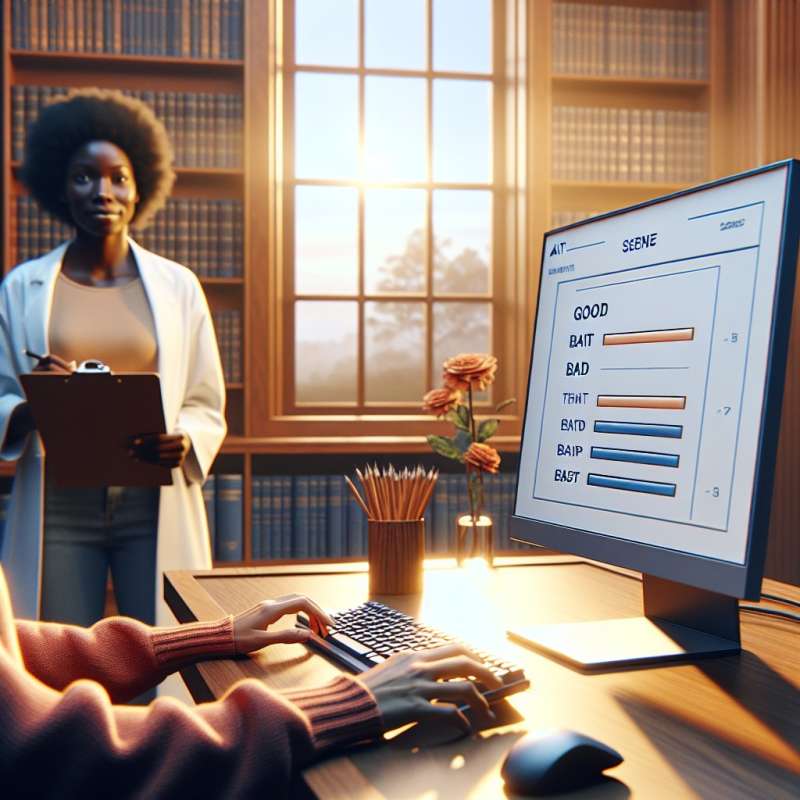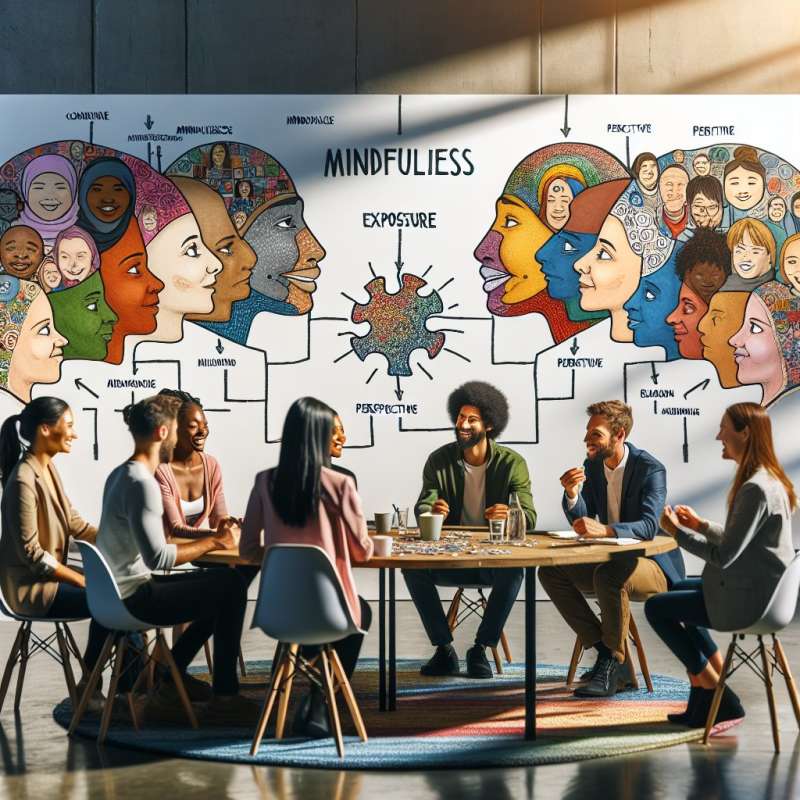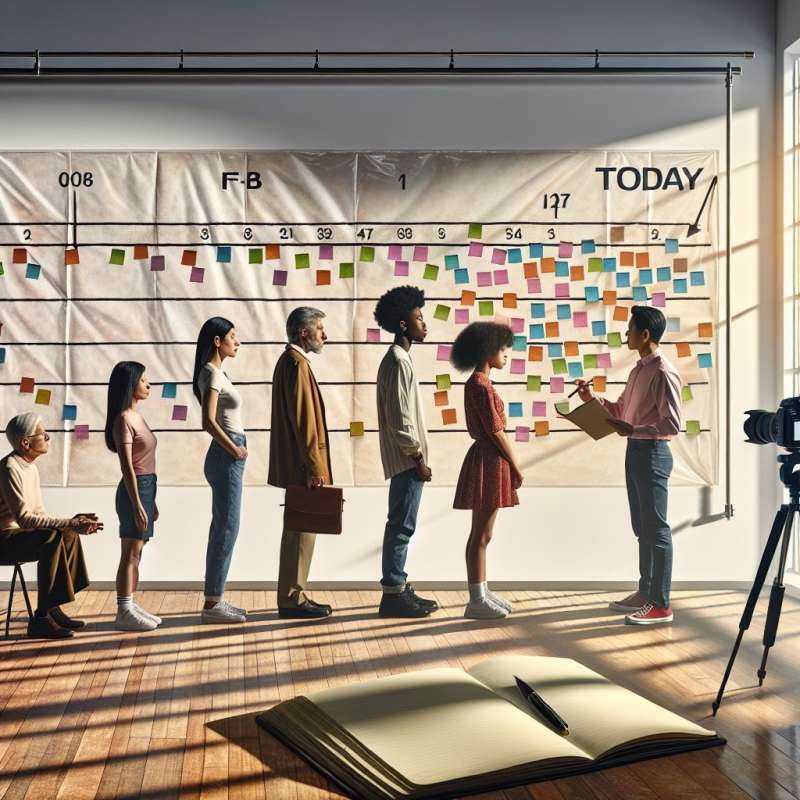
Understanding Implicit Bias
Implicit biases are subconscious attitudes influencing behavior towards people based on learned stereotypes. These biases are pervasive, often clashing with our declared beliefs and affecting decisions unconsciously.
Recognizing Bias Triggers
Implicit bias can be triggered by environmental cues such as a person’s race, gender, or age. These automatic associations can result in unfair judgments or behaviors without conscious awareness.
Implicit Association Test (IAT)
Developed by psychologists, the IAT measures strength of associations between concepts. It reveals hidden biases by requiring rapid categorization of words and images, highlighting automatic preferences.
Counteracting Bias Strategies
Counteracting biases involves mindfulness, exposure to counter-stereotypical examples, perspective-taking, and intergroup contact. These practices help retrain cognitive associations and promote egalitarian beliefs.
Bias and Decision Making
Implicit biases affect crucial decisions in employment, law enforcement, and healthcare. Understanding our biases can lead to more equitable practices by actively mitigating their influence.
Long-Term Bias Reduction
Lasting change requires continuous effort. Engage with diverse groups, consume varied media, and seek out challenging conversations. Regular reflection and commitment to learning about others foster inclusive thinking.
Monitoring Progress
Track your reactions and decisions over time. Acknowledge improvements and identify moments of bias. This self-awareness enables ongoing growth towards becoming more impartial and just in your interactions.
What underlies implicit biases?
Conscious attitudes and beliefs
Subconscious learned stereotypes
Explicit knowledge and facts
Company